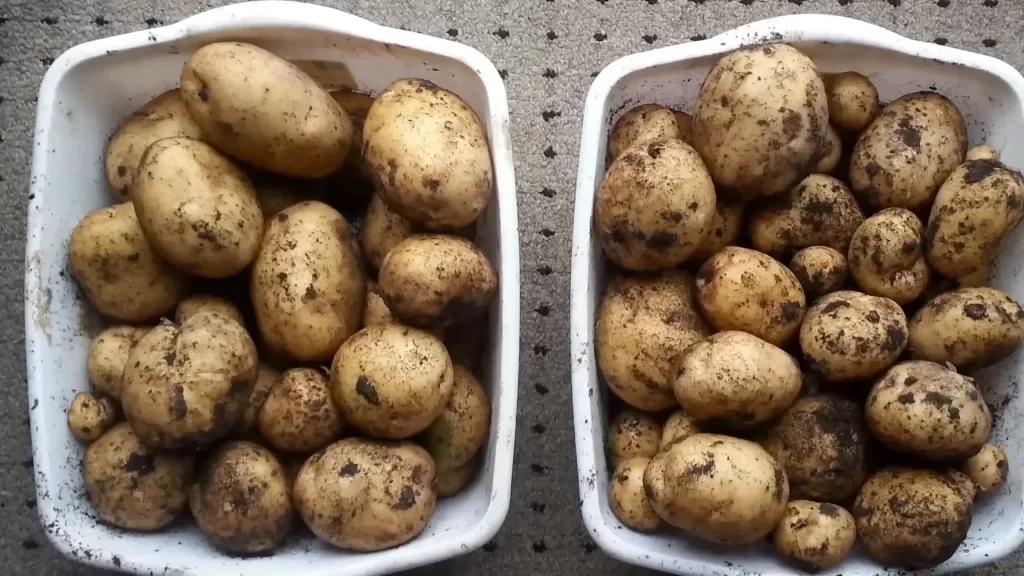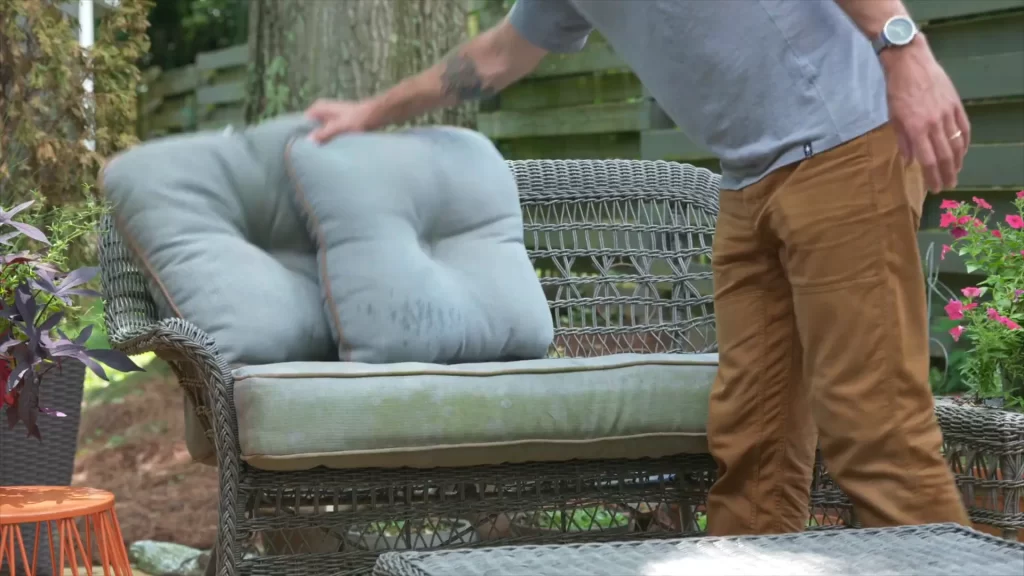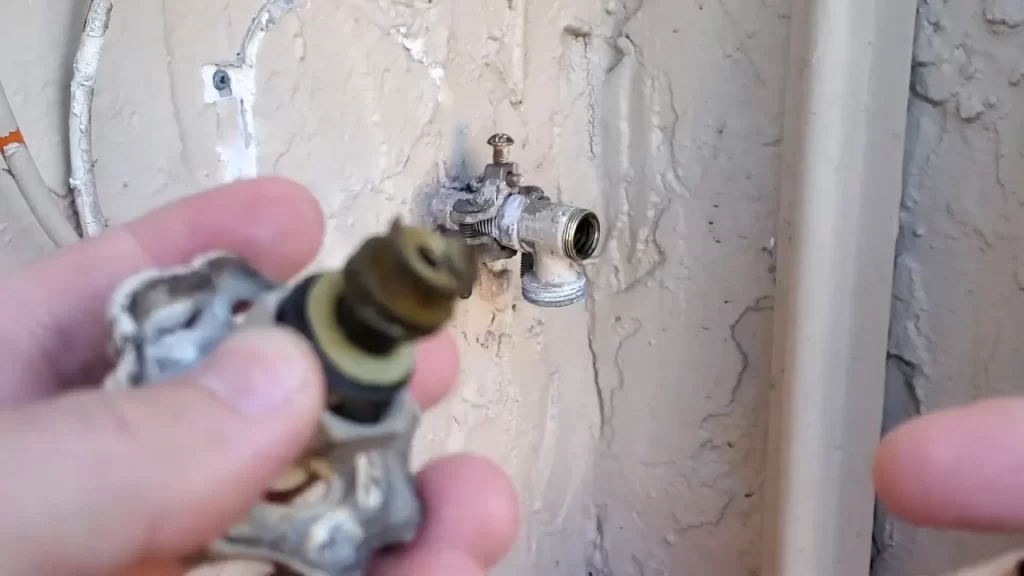Essential Steps for How to Start Gardening
Are you eager to learn how to start gardening? Whether you’re a complete novice or it’s been a while since you’ve tended to a garden, this guide will walk you through every step necessary to get your garden thriving. From selecting the right location to harvesting your produce, we’ll cover it all. Let’s dig in!
Step 1: Choose Your Garden Location ☀️
The first task in your gardening journey is determining where to place your garden. This decision is crucial because sunlight is a key ingredient for healthy plants. Most crops thrive in full sun, so you need to scout your yard for the sunniest spot.
Take note of the sunlight throughout the day and across different seasons. You can use apps available for Android or iPhone to track the sun’s path. This way, even in winter, you can plan your garden for the summer months. Once you’ve identified a sunny spot, you’re ready to move on!
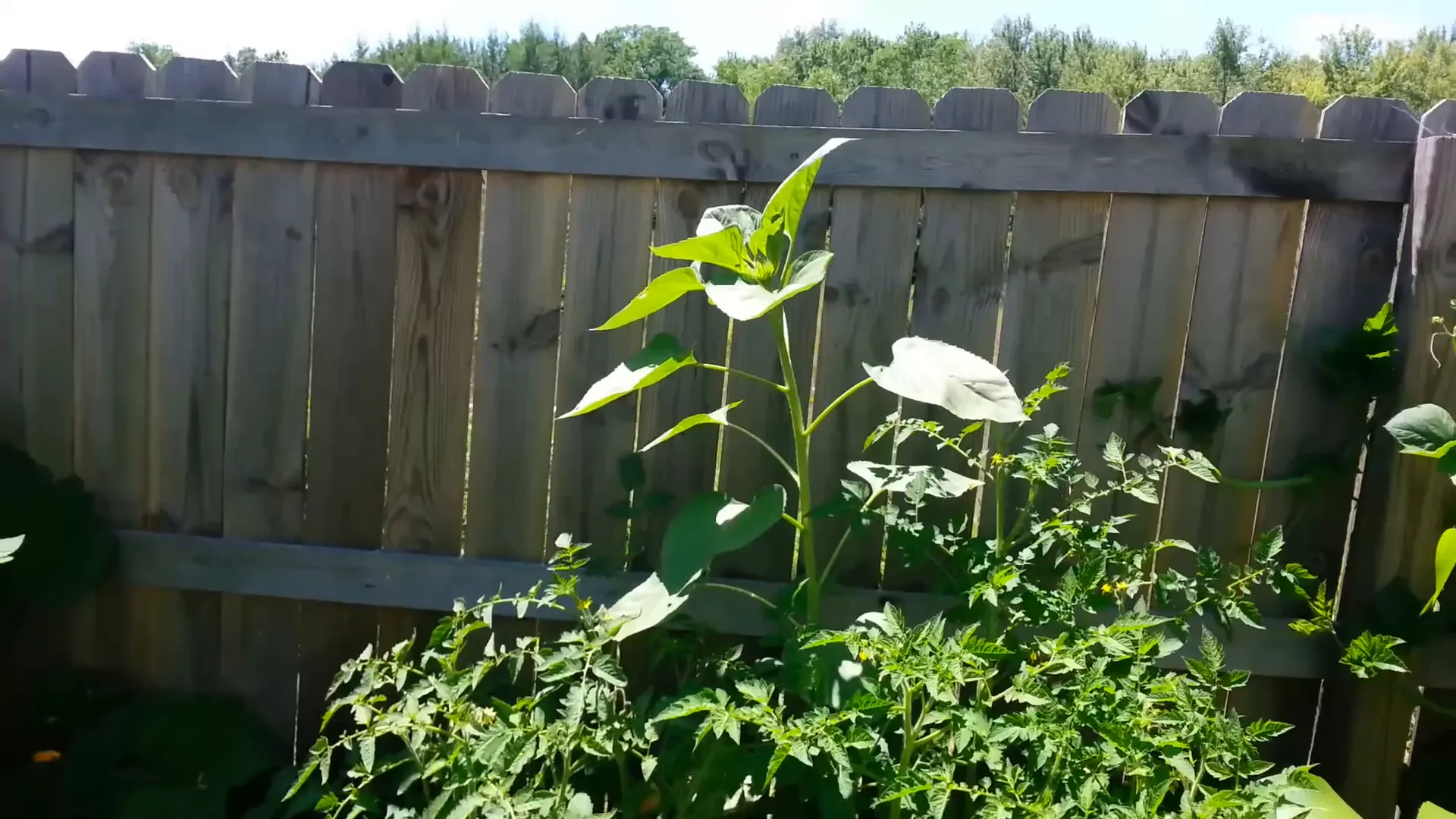
Step 2: Decide What to Grow 🌽
After selecting your location, it’s time to decide what to plant. New gardeners often get excited and want to try everything they see at the store. While experimenting is fun, focus on growing the vegetables your family eats regularly. For example, if salads are a staple in your diet, prioritize salad greens. If tomato sauce is a family favorite, grow plenty of tomatoes.
Make a list of your family’s favorites and ensure these are the core of your garden. Remember, nothing is more disappointing than harvesting produce that you don’t want to eat!
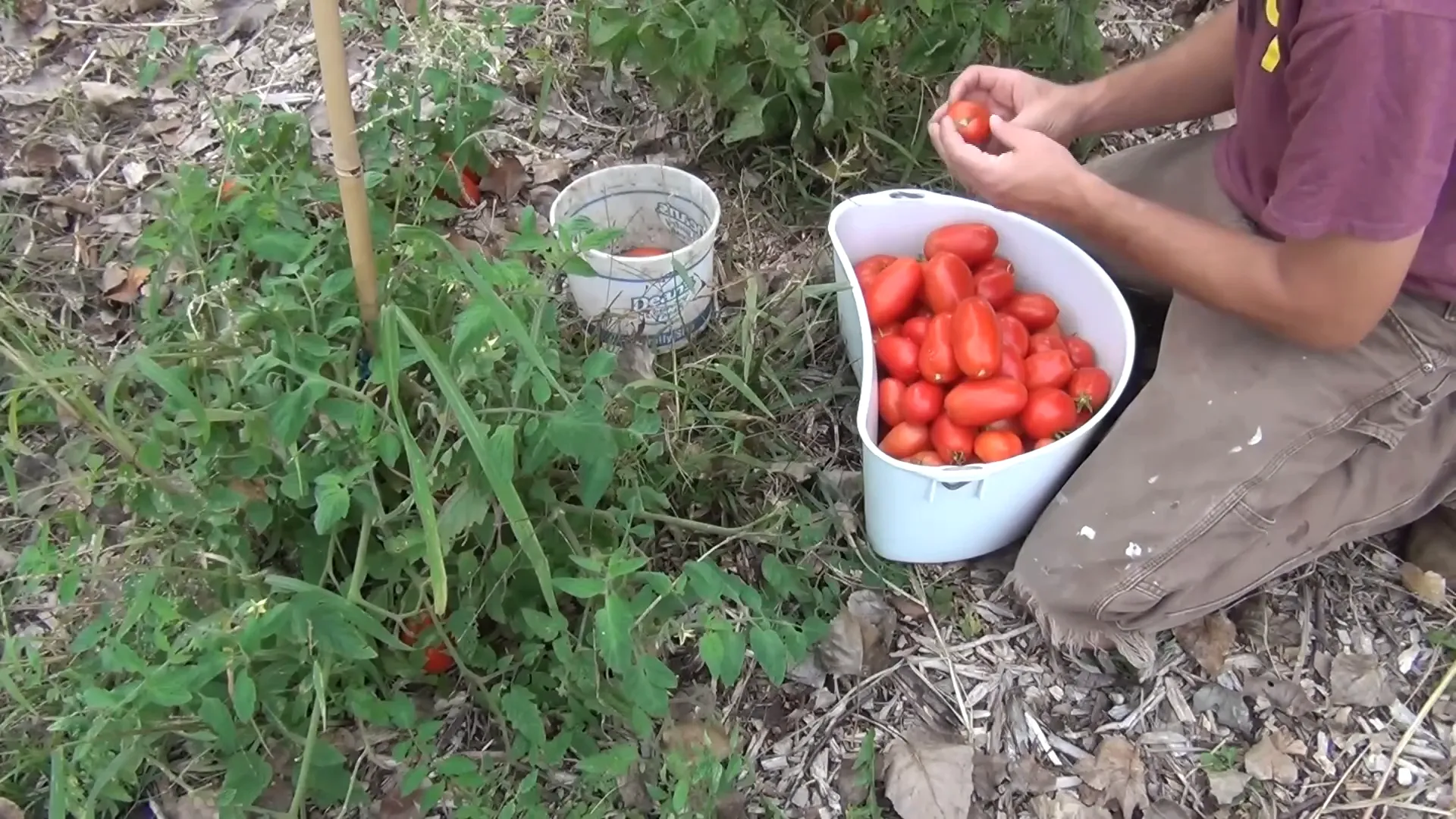
Step 3: Buy Your Seeds Early 🛒
To get the best deals on seeds, purchase them early in the year. Many gardeners find that buying them online during winter can save money. One recommended source is Mi Gardener, which offers a wide variety of affordable seeds. Each packet is reasonably priced, and buying in bulk can yield discounts.
Once you have your seeds, check which ones can be started indoors and which can be sown directly into the ground. Hot-weather crops like peppers and tomatoes usually need to be started indoors, especially in northern climates.
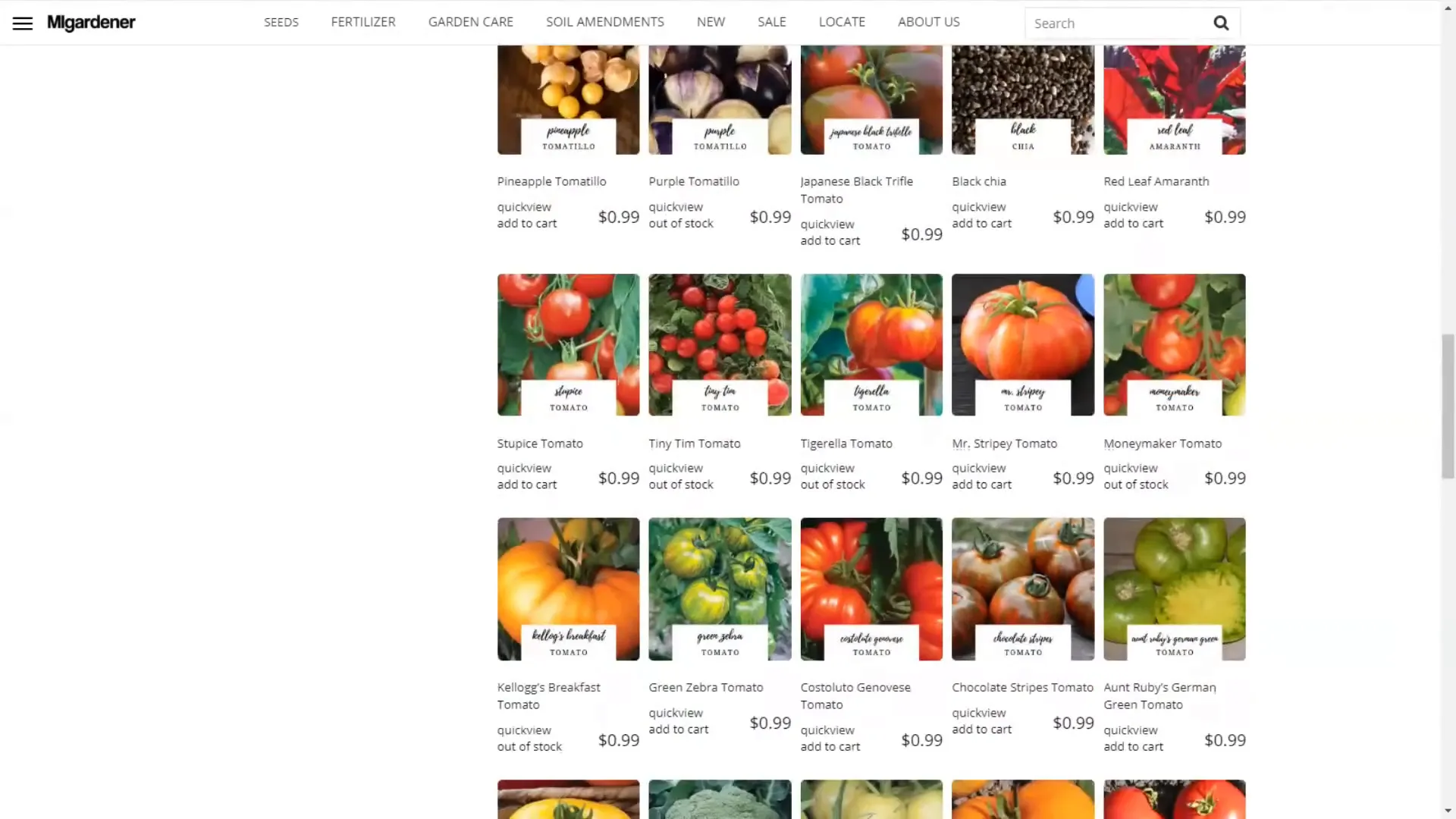
Step 4: Prepare Your Garden Space 🏡
Now that you have your seeds, it’s time to prepare your garden space. You can choose between raised bed gardening or traditional gardening. Traditional gardening is simpler; you can till a patch of land with a shovel or rake. If you choose raised beds, you’ll need to build or buy them and fill them with quality soil.
Raised beds can be easier for long-term maintenance, but starting with traditional gardening is perfectly fine if you’re on a budget.
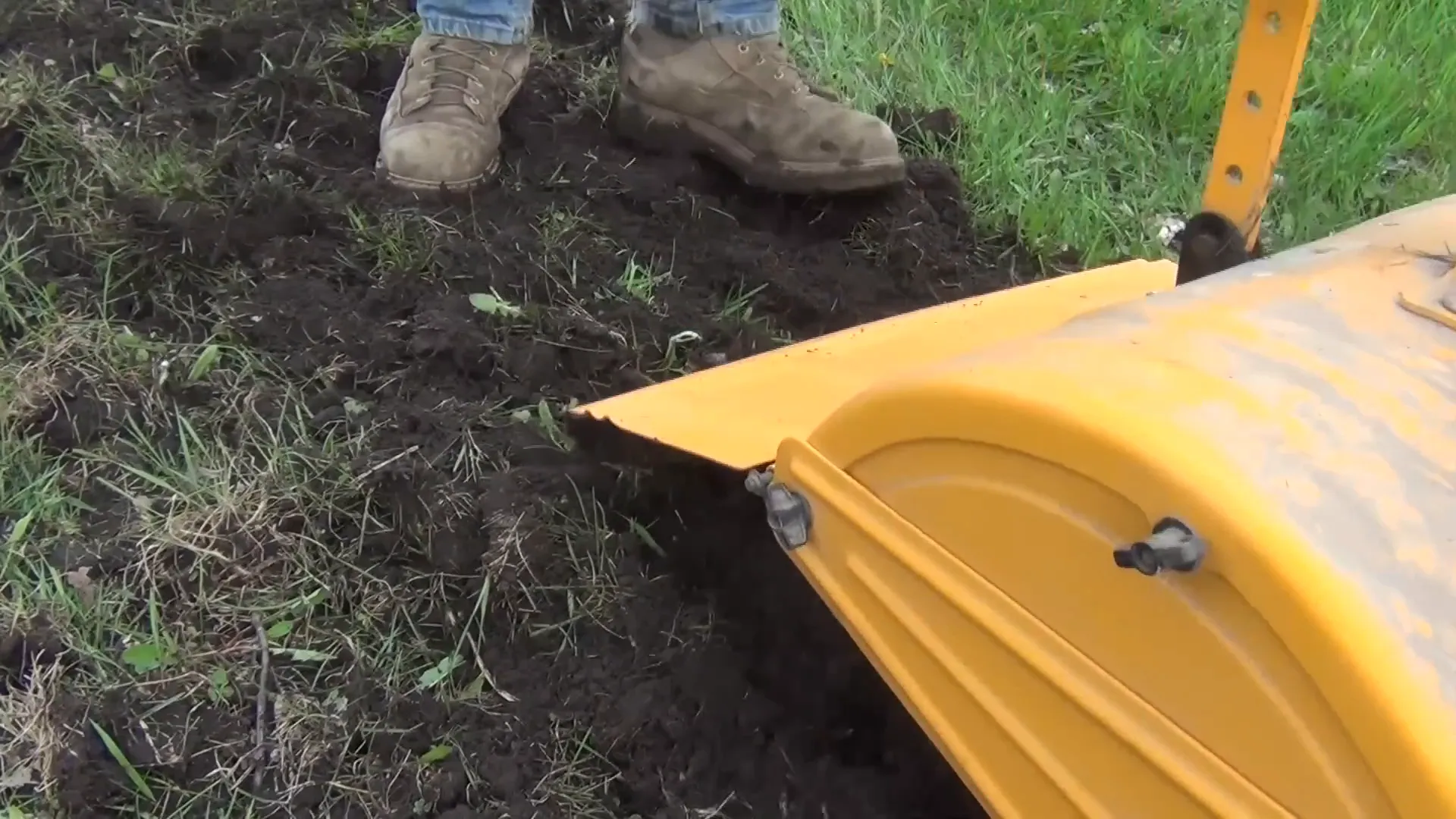
Step 5: Amend Your Soil 🌍
Soil quality is vital for a successful garden. You should amend your soil with organic matter. This can include compost, manure, or other organic materials. The more organic matter you have, the better your soil will be. If you can, get a truckload of compost from a local farm to mix into your soil.
For a simple soil mix, consider combining peat moss and manure compost from your local home improvement store. This mix will ensure your plants have the nutrients they need to thrive.

Step 6: Start Composting ♻️
If you haven’t already, start a compost pile. Composting is one of the easiest and most cost-effective ways to enrich your garden soil. You can use kitchen scraps, yard waste, and leaves to create compost. Just pile them up in a corner of your yard and turn the pile once or twice a year.
In about a year, you’ll have nutrient-rich compost to add to your garden. If you already have a compost pile, mix in last year’s compost with your soil to give your plants a nutrient boost.
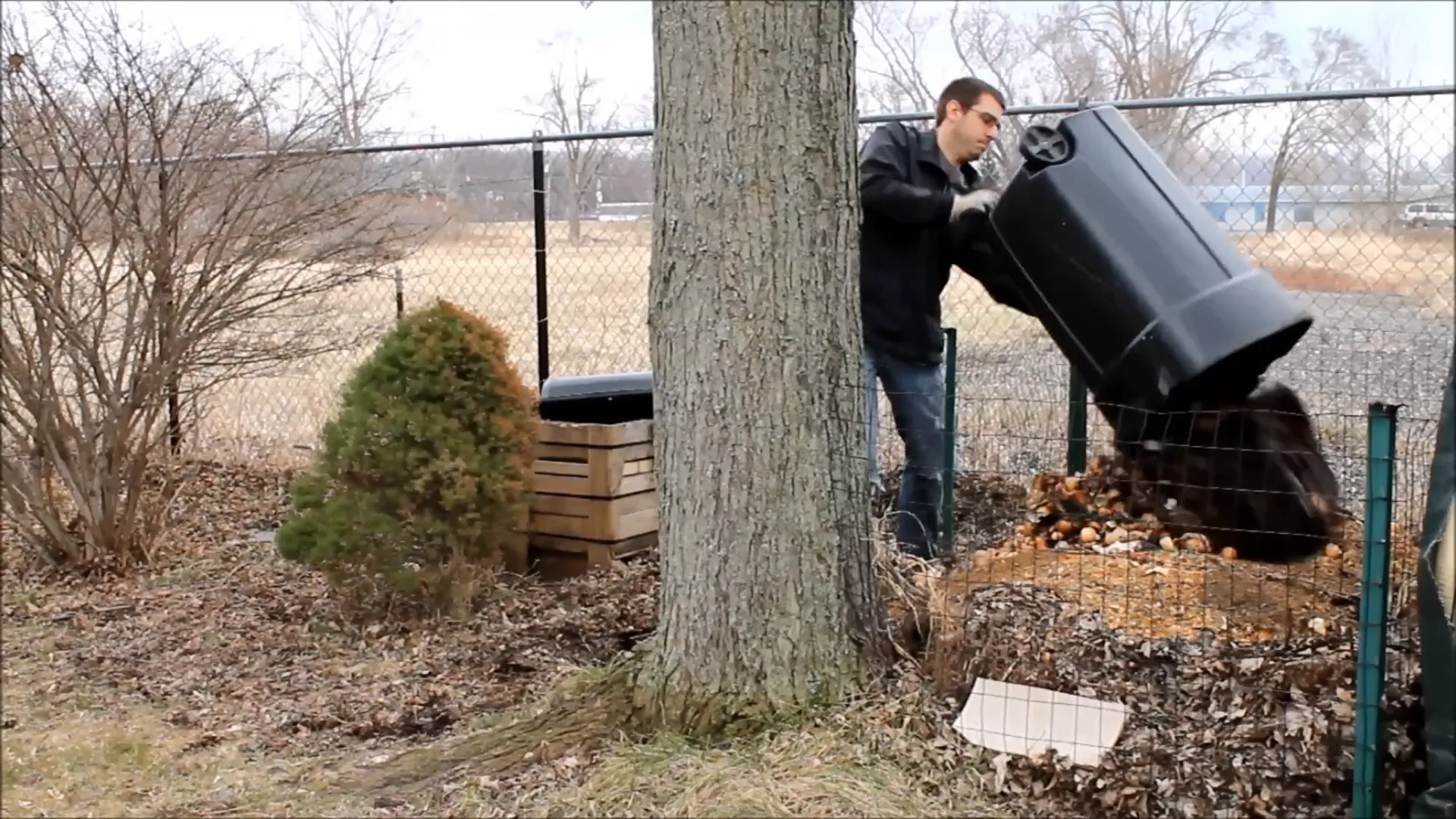
Step 7: Plant Your Seeds 🌱
When planting, refer to the instructions on the back of your seed packets. They provide valuable information on planting depth, spacing, and care. Pay attention to sunlight requirements when placing taller plants. For instance, plant taller crops like corn or sunflowers on the north side of your garden to prevent them from shading shorter plants.
Good planning will help ensure all your plants receive adequate sunlight throughout the day.
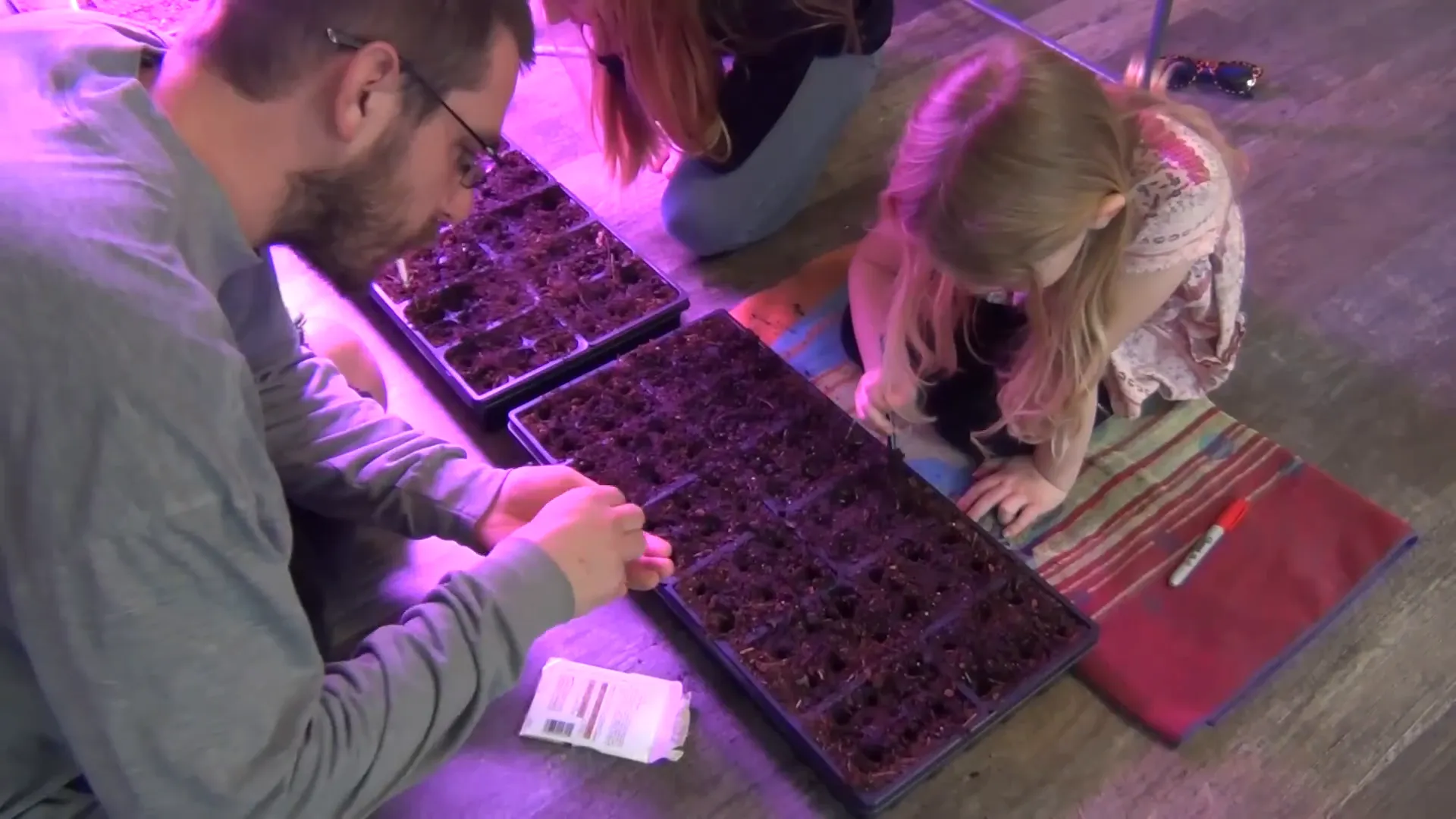
Step 8: Care for Your Garden 🌼
After planting, your work isn’t done. The most common mistake new gardeners make is neglecting their garden. You need to regularly check for weeds, especially in the first week after planting. If you’ve used fresh manure or compost, you’ll likely see weeds sprouting quickly.
To control weeds, consider using wood chips as mulch. Many cities offer free wood chips from tree trimming; check your local resources. This layer will help suppress weeds and retain moisture in your garden.
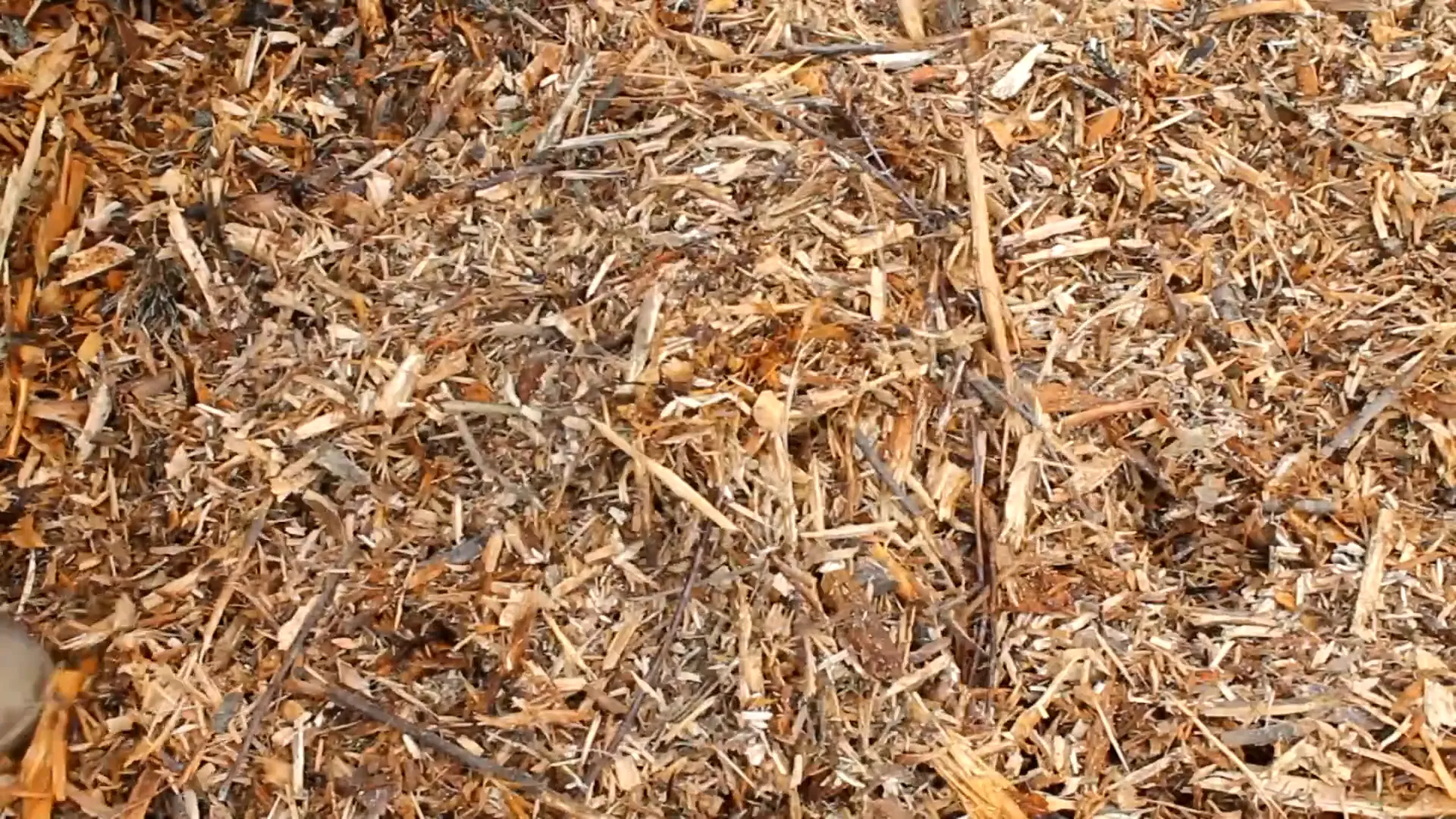
Step 9: Watering Your Garden 💧
Watering is crucial, especially for young plants. Their roots are fragile, and seeds need consistent moisture to germinate. A fan sprinkler is one of the best ways to water your garden, as it covers a large area gently.
Ensure your plants receive adequate water, especially if you’re going on vacation. Consider asking someone to help water your garden while you’re away. Keeping your plants hydrated is essential for a successful harvest.
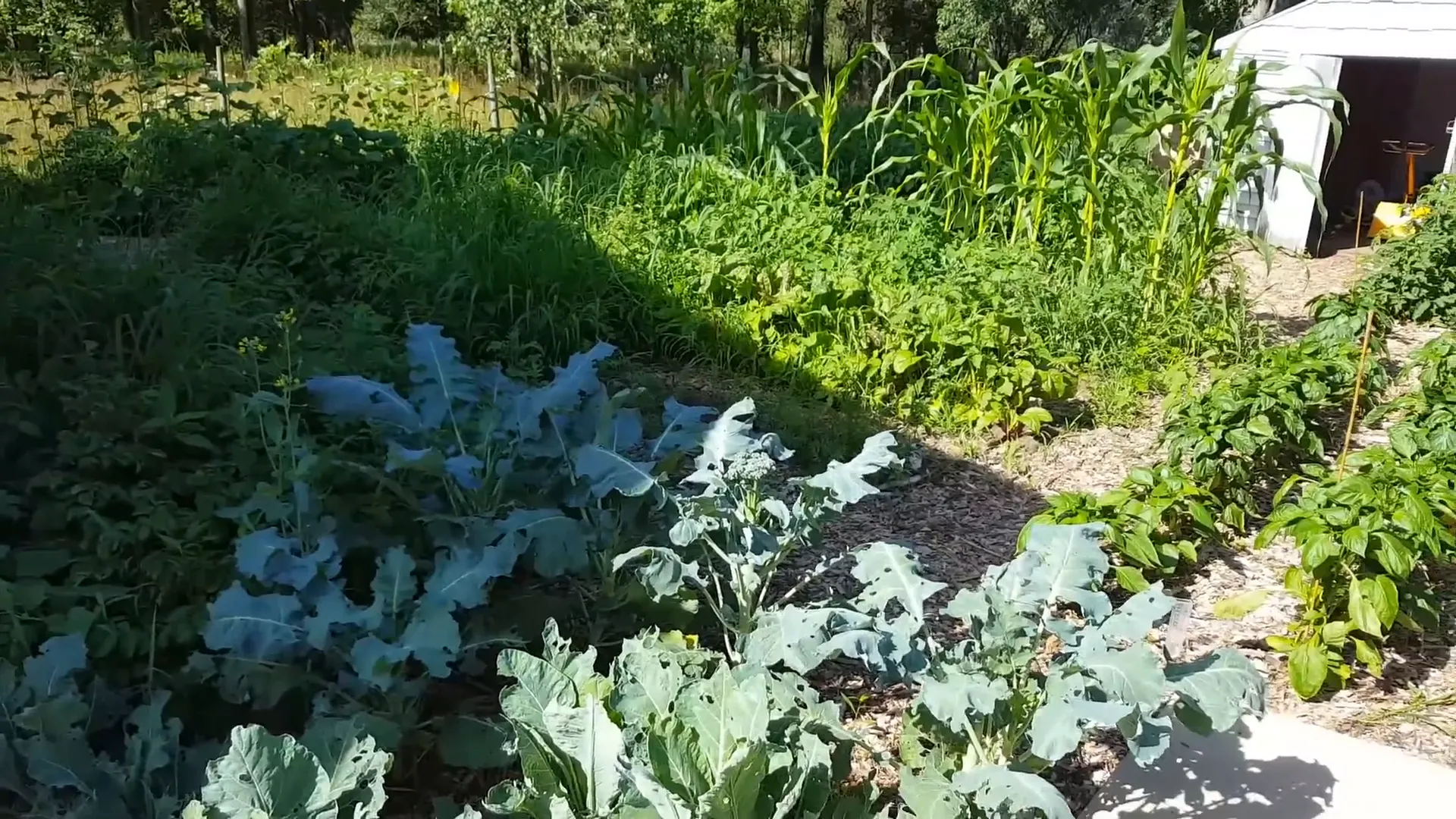
Step 10: Harvesting Your Produce 🍅
Harvesting is the rewarding part of gardening! Be prepared for a bountiful harvest, especially in late summer and early fall. Make sure you have canning supplies or freezer bags ready for preservation. Planning ahead for your harvest will prevent food waste and allow you to enjoy your produce throughout the year.
Consider staggering your planting to ensure a continuous harvest. For quick-growing crops like radishes and leafy greens, plant them in intervals to keep your garden productive.
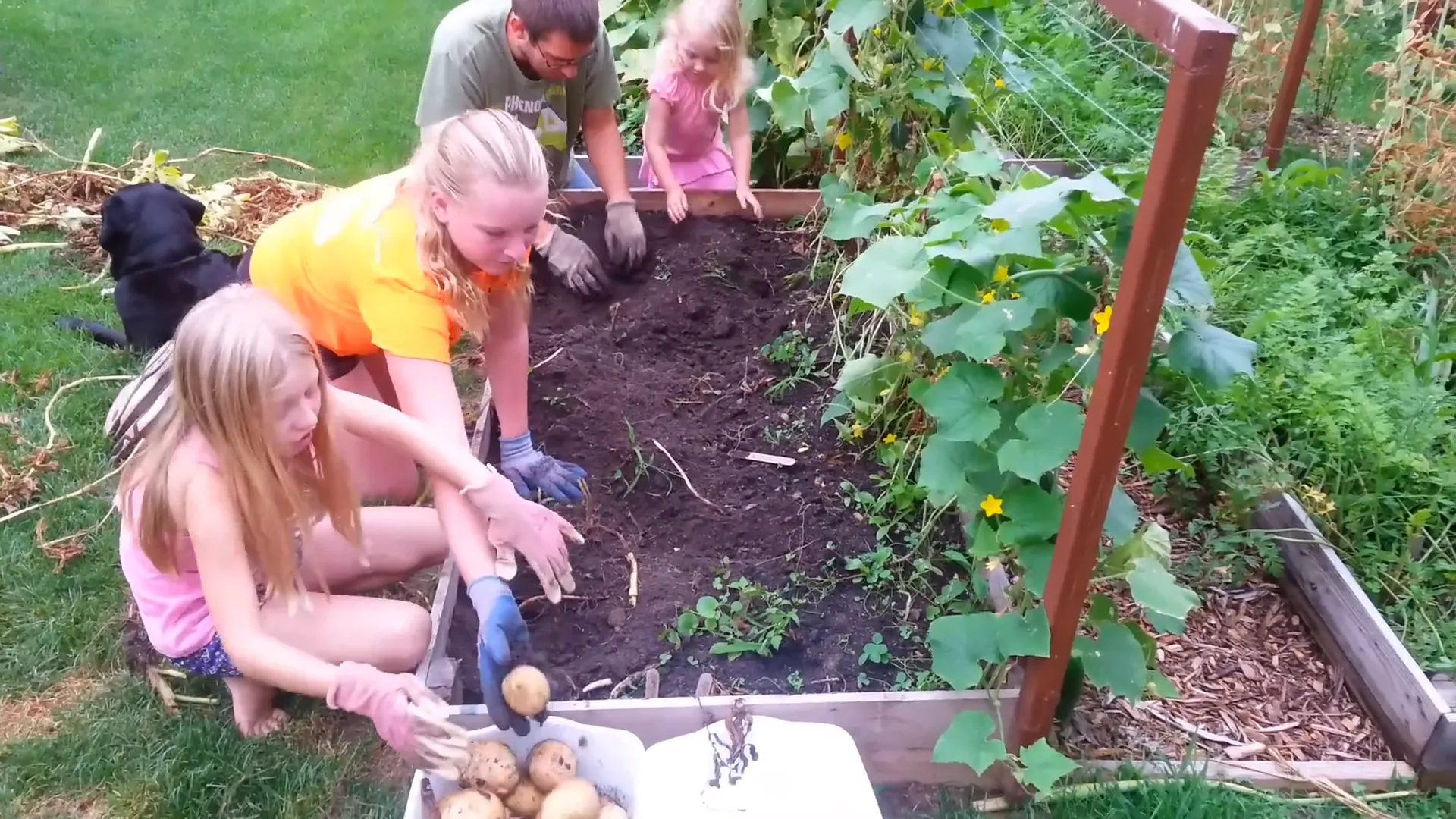
Step 11: Prepare for Next Year 🌾
Once you’ve harvested, it’s time to prepare your garden for the next season. Cover the ground with a winter cover crop or mulch to retain moisture and nutrients. Leaving plant debris on the ground can also enrich the soil as it decomposes.
By taking these steps, you’re setting yourself up for a successful gardening experience year after year!
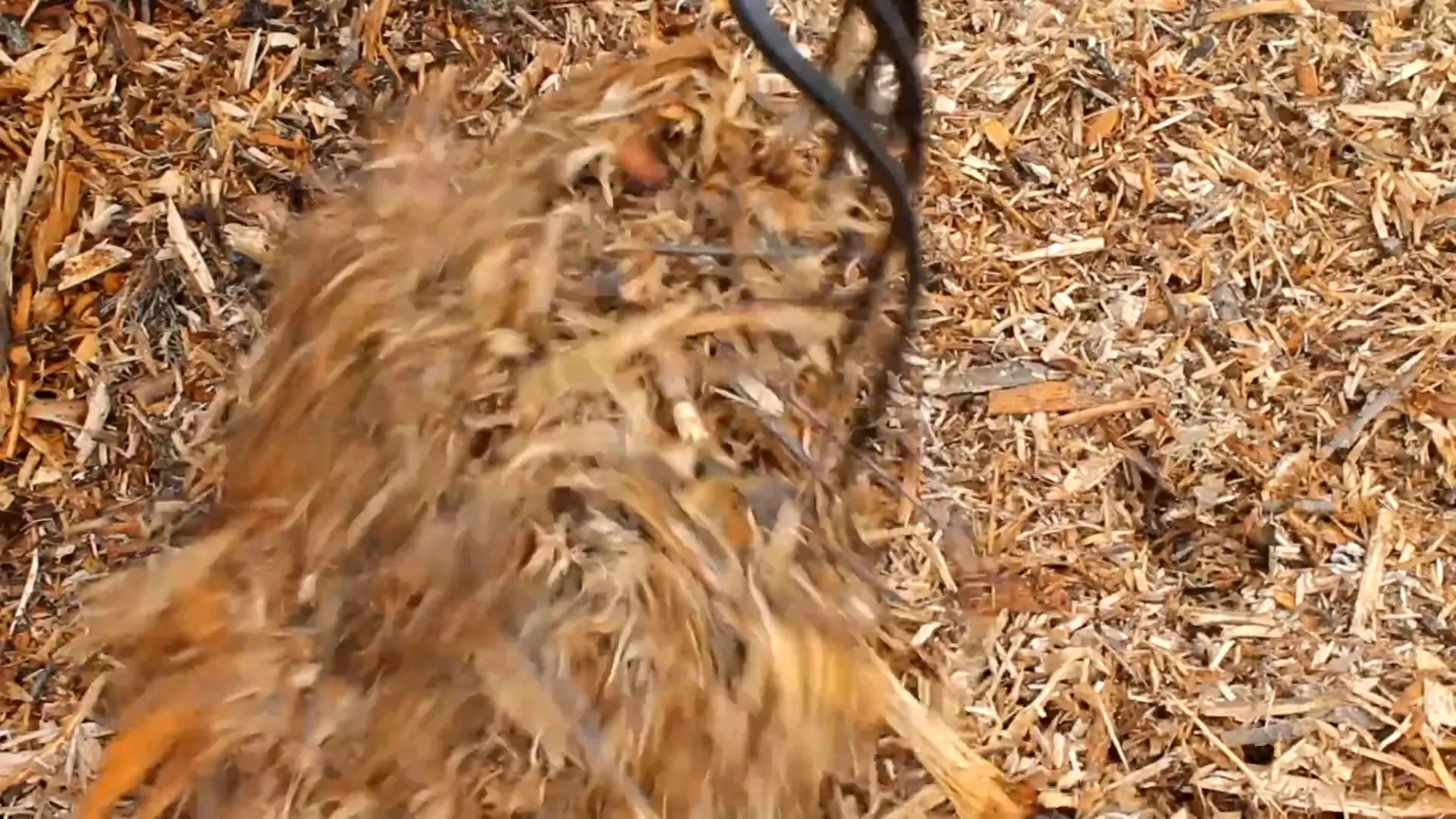
Conclusion
In conclusion, starting a garden may seem like a daunting task at first, but with the right steps and planning, it can become a rewarding and enjoyable experience. By choosing the ideal location, planting what you love, preparing the soil, and caring for your garden diligently, you’ll set yourself up for a bountiful harvest. Gardening not only provides fresh, healthy produce but also offers a chance to reconnect with nature and relieve stress. Remember, every gardener starts somewhere—so take these steps, and soon you’ll be reaping the fruits (and vegetables) of your labor. Happy gardening! 🌱
Frequently Asked Questions ❓
What should I grow in my first garden?
Start with vegetables that you and your family enjoy eating. Common choices include tomatoes, lettuce, peppers, and herbs.
How much sunlight do my plants need?
Most vegetables thrive in full sun, which means at least 6-8 hours of direct sunlight per day. Some leafy greens can tolerate partial shade.
How often should I water my garden?
Water your garden regularly, especially during dry spells. Young plants need consistent moisture, while established plants can go longer between waterings.
Do I need to test my soil?
While it’s not necessary to test your soil, knowing its pH and nutrient levels can help improve your gardening success. Basic amendments can often suffice.
Can I start a garden in containers?
Absolutely! Container gardening is a great option for those with limited space. Just ensure your containers have good drainage and are filled with quality soil.
